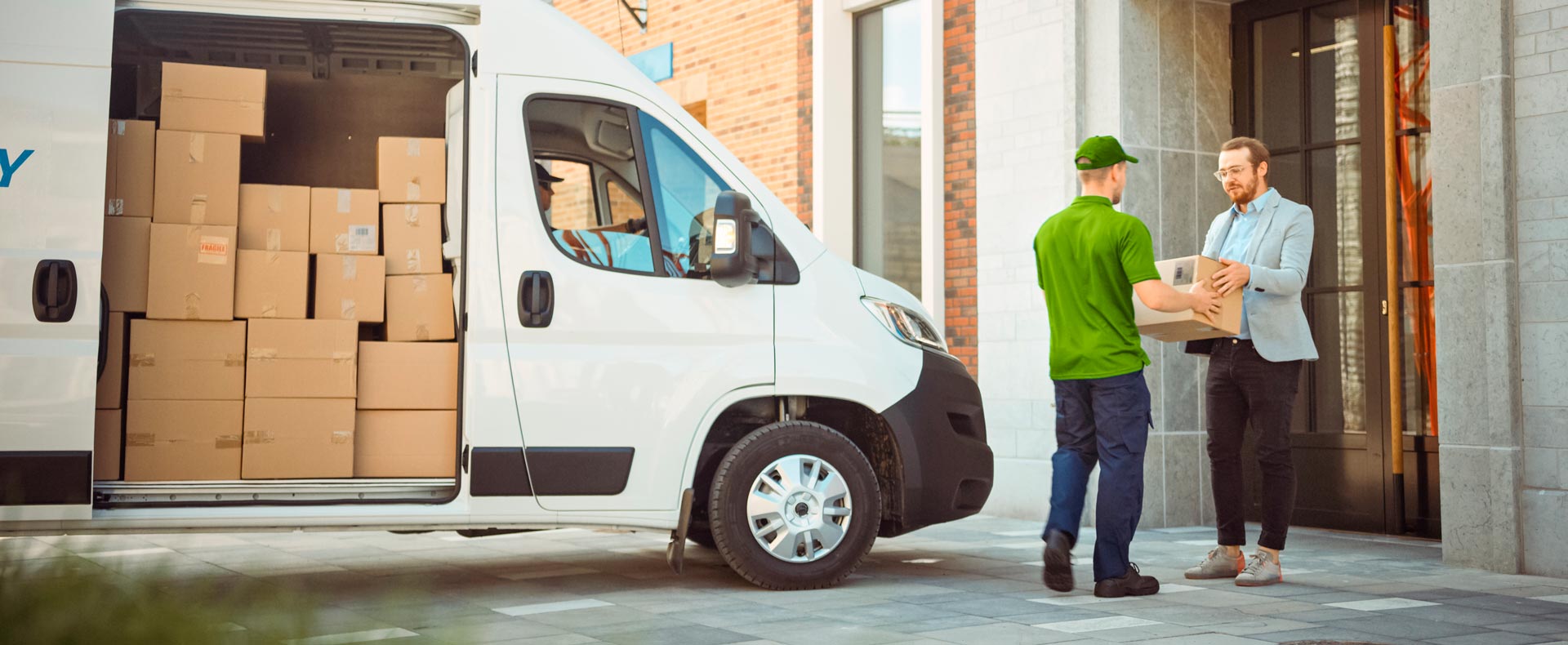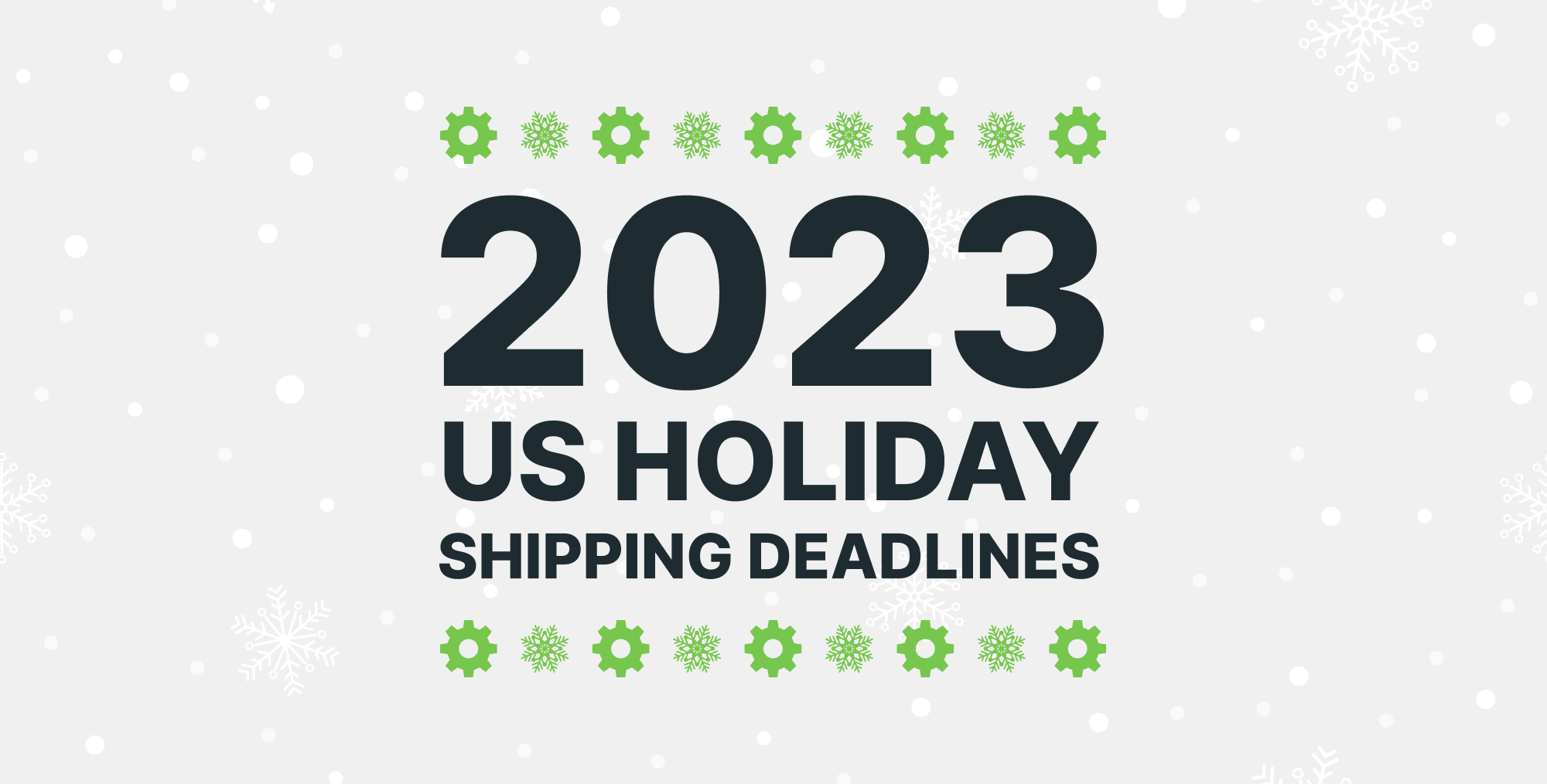Plan Your Holiday Ecommerce Success With Salesforce Commerce Cloud
This blog was contributed by AmericanEagle.
As an online retailer, you see holidays differently than anyone else. Just thinking about the payoffs held by Black Friday, Cyber Monday, Christmas gives you an adrenaline rush and several reasons to be excited. Last holiday season alone, U.S. shoppers spent $138.65 billion online, with ecommerce making up for nearly 60% of all retail gains.
But if you want to enjoy a slice of the holiday sales pie, you need to have a reliable ecommerce platform that delivers stellar shopping experiences to your customers. Leading B2C and B2B retailers are leveraging Salesforce Commerce Cloud to attract more customers and achieve skyrocketing sales this holiday season. Whether you’re already familiar with the platform or you’re considering integrating it with your existing systems, here’s how to plan for holiday ecommerce success using Commerce Cloud:
1. Start Optimizing for SEO
Maybe you’re already spending a lot of resources creating great content, but you can’t seem to get popular search engines like Google to display it to customers actively looking for your products online. The main culprit is that you’re not optimizing for SEO.
Commerce Cloud helps you solve this issue through various SEO tools designed to increase both brand awareness and gross merchandise value (GMV).
An especially valuable capability is the Business Manager. It’s meant to streamline SEO efforts for websites with hundreds or even thousands of product listings. And that’s just a fraction of what Business Manager can do. Among other things, this tool allows you to generate keyword-friendly URLs, avoid duplicate content on product pages, insert internal links to increase upsells, set up a 301 redirect for discontinued product pages, and more.
You can also boost click-through rates for specific pages using effective metadata descriptions. Why is that important? “Metadata controls how pages should be indexed and served to users,” Salesforce explains. Include compelling CTAs and relevant keywords in your meta descriptions, making it impossible for customers not to click right away.
2. Craft and Schedule Amazing Content
Content, whether it’s email marketing promotions, blog posts, ad banners, or social media posts, is like fuel for B2C and B2B sales. This is where Salesforce Page Designer comes into play, keeping your “content fuel” top-notch and plentiful during high-traffic holiday events.
With this tool, you can create holiday-specific content ahead of time with just a few clicks, and later syndicate it to any digital platform. Take advantage of drag-and-drop components like seasonal merchandise, banners, or carousel to create beautiful visual content.
The best part? These are reusable components and pages that can be easily updated and deployed with just a few clicks next holiday. And if you are looking to craft components for your specific business needs, you can use out-of-the-box, custom, or third-party elements. Don’t forget to set up an editorial calendar. Your content marketing efforts need to perfectly align with your sales cycle.
3. Prepare for High-Traffic
One of the Cloud’s main strengths is that it can grow at the same pace as your business and handle sudden spikes in traffic like those that occur around the holidays. This means your customers never get a “Sorry, it looks like something went wrong” message when they are eager to buy from you.
During the 2019 holiday season, for instance, retailers saw a 22% overall digital revenue growth and a 28% overall traffic boost after using Commerce Cloud. The Cloud’s impressive scalability convinced 59% of organizations to embrace this technology in 2020.
Aside from being highly equipped to protect you against a system outage, Commerce Cloud can also improve page load time, which is directly linked to higher conversions. In their shopping frenzy, customers find it hard to wait more than two seconds for a website page to load. If your site takes more than that, it could increase your bounce rates by as much as 103%, according to recent research. Speed is as important for search engines as it is for customers. Sites that use Cloud technology become faster and are often pushed to the top of Google search results.
4. Enhance Cart and Checkout
When handling large amounts of transactions on Black Friday and other high-traffic holidays, you need to make sure you have the resources to do so. Commerce Cloud empowers you to sell a lot more at once thanks to features like two-click recorders and multiple payment types.
Another thing you need to master before the holidays? Handling commerce, orders, and service from a single master repository of all order information. Salesforce Order Management offers you this option. Get real real-time access to digital storefronts and order history means so that your service agents can upsell and cross-sell with ease.
What service agents will enjoy the most about Commerce Cloud is its intuitive self-service feature. This allows buyers to complete transactions by themselves, tracking their orders, or initiating a return within seconds.
Curious to see what Salesforce Commerce Cloud can do for your business this holiday season and beyond? As a certified Salesforce Partner, ShipStation is well-equipped to guide you through the implementation process. Contact us today to get started!






